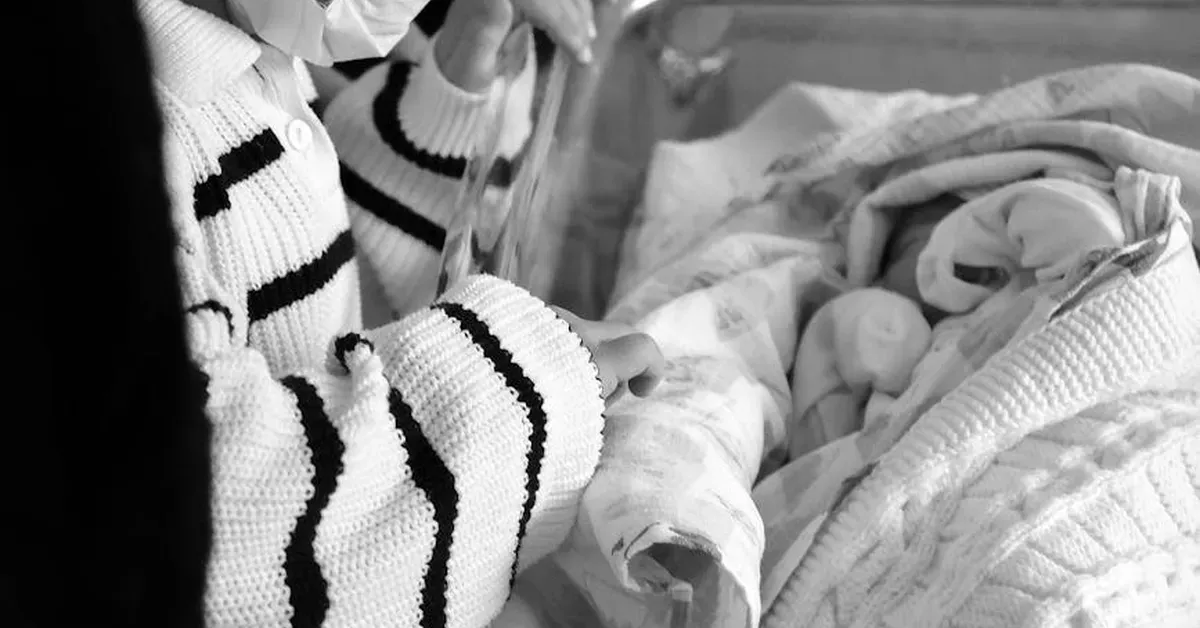
Babies born during COVID lockdowns show measurably different brain responses to human emotions compared to their pre-pandemic peers. Recent neuroimaging research reveals that pandemic child brain development followed an altered trajectory, with these children showing significantly reduced neural reactions to happy faces — a finding that shouldn’t surprise anyone who realizes these babies spent their critical developmental window surrounded by masked caregivers.
The first three years of life represent a crucial window when infant brains form millions of neural connections through social interactions. With COVID shutdowns limiting face-to-face contacts and mask mandates obscuring emotional expressions, researchers have been racing to understand the potential long-term impacts on an entire generation’s social cognition.
The Hidden Cost of Hiding Faces
Imagine learning language without seeing how mouths form words, or trying to understand emotions when half the face remains covered. That’s essentially what pandemic babies experienced during critical developmental periods.
Studies using EEG measurements found striking differences in how pandemic-era children process facial expressions. Pre-COVID children showed strong neural responses to happy faces, while pandemic babies demonstrated significantly dampened reactions to the same stimuli. More concerning, these differences weren’t minor statistical blips — researchers documented substantial percentage differences in neural activity.
What makes these findings particularly significant is that facial recognition circuits develop early and influence later social skills. When babies don’t receive adequate visual input during specific developmental windows, these neural pathways form differently. It’s not unlike how visual processing requires specific environmental inputs during critical periods.
COVID Era Kids Process Emotions Differently
The neurodevelopmental differences extend beyond just facial processing. Comprehensive testing reveals pandemic children score lower across several developmental domains compared to historical baselines. Researchers using the Mullen Scales of Early Learning, a standardized assessment tool, found concerning patterns in pandemic babies’ cognitive development profiles.
Perhaps most striking is how these children respond differently to fearful versus happy expressions. While pre-COVID children typically show stronger reactions to positive emotional displays, pandemic babies demonstrate more comparable reactions across emotion types — suggesting a potential flattening of emotional discrimination capabilities.
This doesn’t mean pandemic children are developmentally delayed. Rather, their brains have adapted to a different social environment — one where emotional information came primarily through voices, eyes, and digital screens rather than full facial expressions during in-person interactions.
Brain Adaptation Versus Developmental Damage
The million-dollar question remains: Are these differences temporary adaptations or permanent alterations? Neuroscientists specializing in early brain development emphasize that these findings shouldn’t be interpreted as evidence of damage but rather as demonstrations of the brain’s remarkable adaptability to environmental circumstances.
The human brain evolved to develop within whatever environment it encounters. During the pandemic, babies received different varieties of input during critical periods — more digital interaction, fewer diverse faces, more masked expressions. Their neural networks developed accordingly, optimizing for the available stimuli.
Researchers from Harvard Health point out that pandemic challenges affecting babies might have long-lasting consequences, but also note the brain’s continuing plasticity. This adaptability offers hope that enriched post-pandemic social experiences might help recalibrate these neural systems.
What This Means for Parents and Society
For parents concerned about pandemic effects on their children’s development, experts recommend focusing on quality face-to-face interactions now rather than worrying about potential pandemic impacts. The brain remains remarkably plastic throughout childhood, with continued opportunities for neural reorganization.
From a broader perspective, these findings highlight how profoundly social environments shape developing brains. As Nature reports, researchers are just beginning to understand how the pandemic shaped developing brains and behavior, with studies tracking these children as they reach school age.
The pandemic inadvertently created a global neurodevelopmental experiment, one that demonstrates both the vulnerability and resilience of developing brains. The COVID generation’s neural adaptations reveal not just how masks might have altered emotional processing but also how remarkably the brain adjusts to unprecedented environmental changes.
Understanding these adaptations isn’t just academically interesting — it’s essential for developing educational approaches that acknowledge these children’s unique developmental trajectories as they enter school systems designed for brains that developed under different circumstances. The neural activity differences observed today may manifest as subtle but significant variations in how pandemic children interpret social cues, process emotions, and form relationships for years to come.